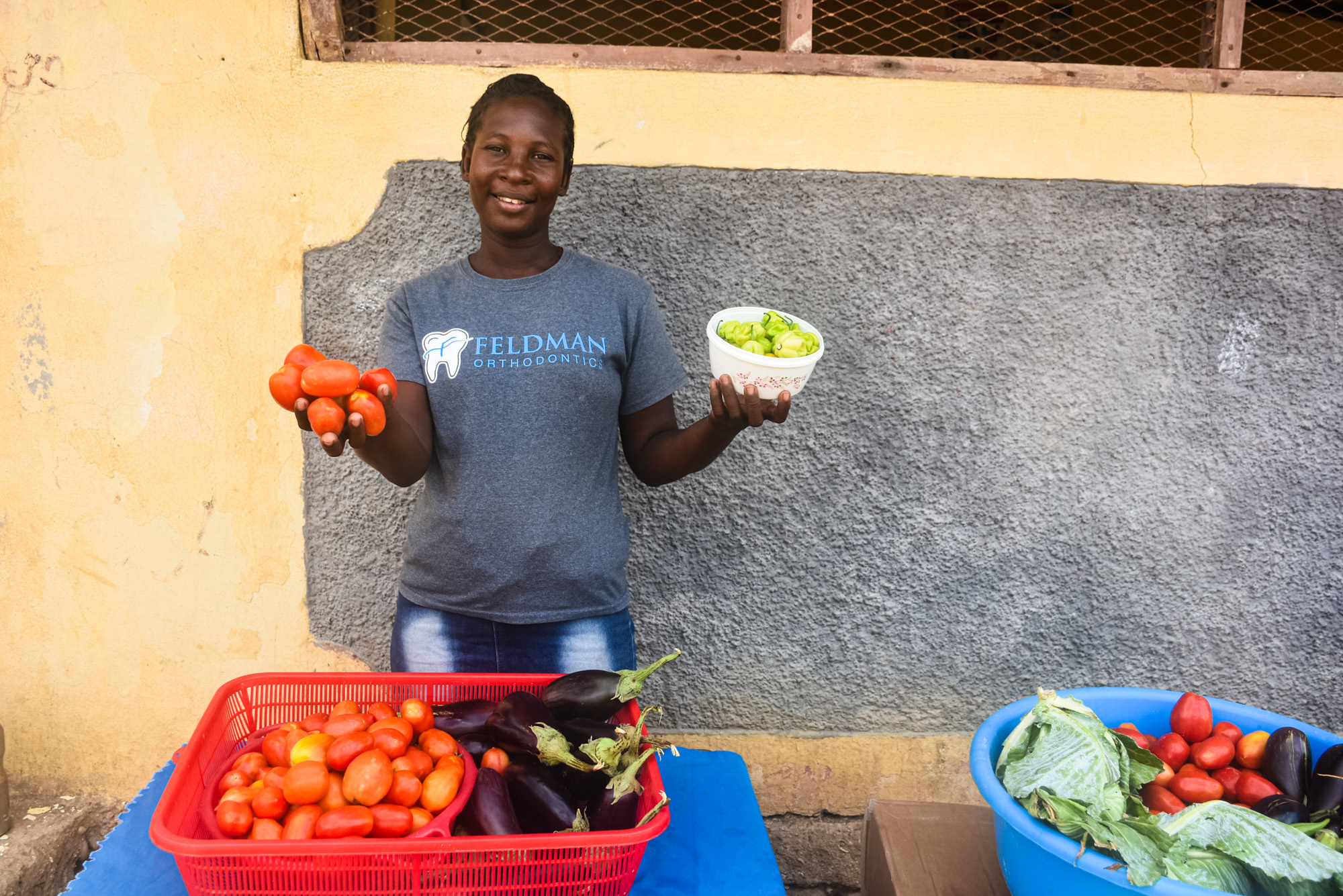A boy’s journey from hunger to hope

In a remote community of Savane Haleine, nestled in a valley that severe droughts had plagued, lived a boy named Mikenson. At just nine years old, Mikenson had already experienced more hardship than many do in a lifetime. “My community is ravaged by drought. That's why it's not easy for me to feed my children,” assumes his father Gauthier. He has three children, including little Mikenson. The little boy confesses: “When I don't have anything to eat, I can't go to school or play with my friends”. Life isn't easy there. Gauthier's gardens can't be cultivated because he can't even take the water that flows in a small river nearby to water them.
Mikenson’s father was a dedicated farmer who had always kept the family afloat. However, the persistent drought made it nearly impossible to grow crops. Hunger became an unwelcome guest in their home, and Mikenson often went to bed with an empty stomach. But there's still hope. All was not lost. “When the rainy season comes, there's a small river in the area that could supply me with water,” Gauthier declares. A great challenge and a unique opportunity for Mikenson family.
A Ray of Hope
One day, as Gauthier was tending to his withering garden, he heard news that World Vision, a humanitarian organization, was coming to the community to help fight hunger. Hope sparked in his heart. Mikenson’s eyes lit up at the thought of not having to worry about his next meal. When World Vision arrived, they brought food supplies, knowledge, and resources. They introduced the communities to drought-resistant seeds and innovative farming techniques. Gauthier, determined to make the most of this opportunity, eagerly absorbed every piece of information. “Son,” Gauthier told Mikenson, “we are not alone in this fight. With the right help and hard work, we can turn things around.”

Under the guidance of World Vision staff, Gauthier started planting the new seeds—the seeds of change. The community learned about efficient irrigation methods and soil conservation techniques. Mikenson, though young, was an enthusiastic helper, carefully planting seeds and tending to the garden with his father. “He likes to visit the gardens and notices how I work hard,” says his father. Gauthier uses a pipe as a small canal to bring water from a nearby river. The entire community worked together, inspired by the promise of a better future. Mikenson’s small hands helped dig, carry, and build, his face determined and hopeful.
The First Harvest
Months passed, and the hard work began to pay off. The garden, once a symbol of despair, started to flourish. Green shoots emerged, and soon, healthy crops were growing. Mikenson’s family now had enough food, and the surplus was shared with neighbors or sold to the markets. “During the first harvest in the traditional market, my wife has already sold almost 40,000 gourdes (300 USD) worth of produce. I'm feeding my children now," says the father. Today, the child attends the Savane Haleine primary school. “Thanks to the garden, I don't go to school without eating,” affirms the boy. “What's more, I love tomatoes so much. I eat them with meals and sometimes raw after washing them,” he admits. “The seeds planted are sold at the market after the harvest; the rest is used at home.” “We encourage them also to give seeds to their neighbors to continue planting,” says a World Vision facilitator named Herman Baldé continues.
One evening, as the sun set over their thriving garden, Gauthier put his arm around Mikenson and said, “We’ve come a long way, son.” Mikenson's father beamed with pride. He felt a sense of accomplishment and hope that he had never experienced before. The lessons from World Vision empowered his family and the entire community.
“The main objective of the Area program of Savane Haleine is to help improve the living conditions of families and the well-being of children living in extreme poverty,” adds the AP manager, Atson Saintilus. According to the 2023 Area program report, 662 vulnerable families have received improved seeds, small trade goods, and cattle. In addition, 25 nutritional demonstration homes, 120 gathering stations, and three mobile clinics have been set up to better monitor children's and pregnant women's health and nutritional status.

The success of Mikenson and his family’s garden had a ripple effect throughout Savane Haleine. Inspired by their achievements, other families adopted the new techniques and started their gardens. A young woman named Louise, for example, has said: “I get success because I follow his steps. Look at my tomatoes now.” Mikenson smiled, his heart filled with gratitude and determination. Mikenson’s story was a beacon of light, inspiring others to believe that even the most daunting challenges could be overcome with unity and perseverance. “Thanks to the harvest, the child is no longer starving,” confirms his father.